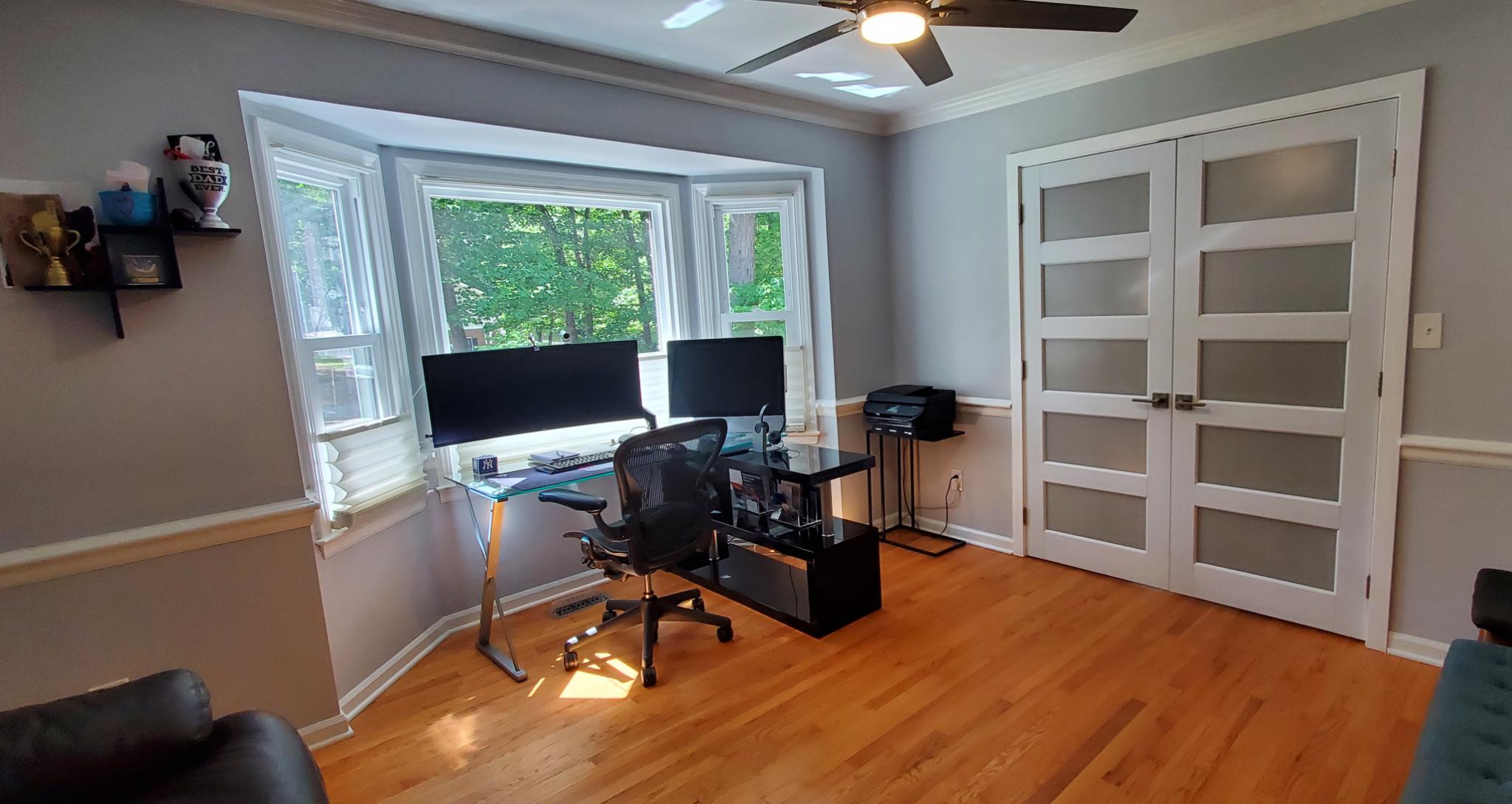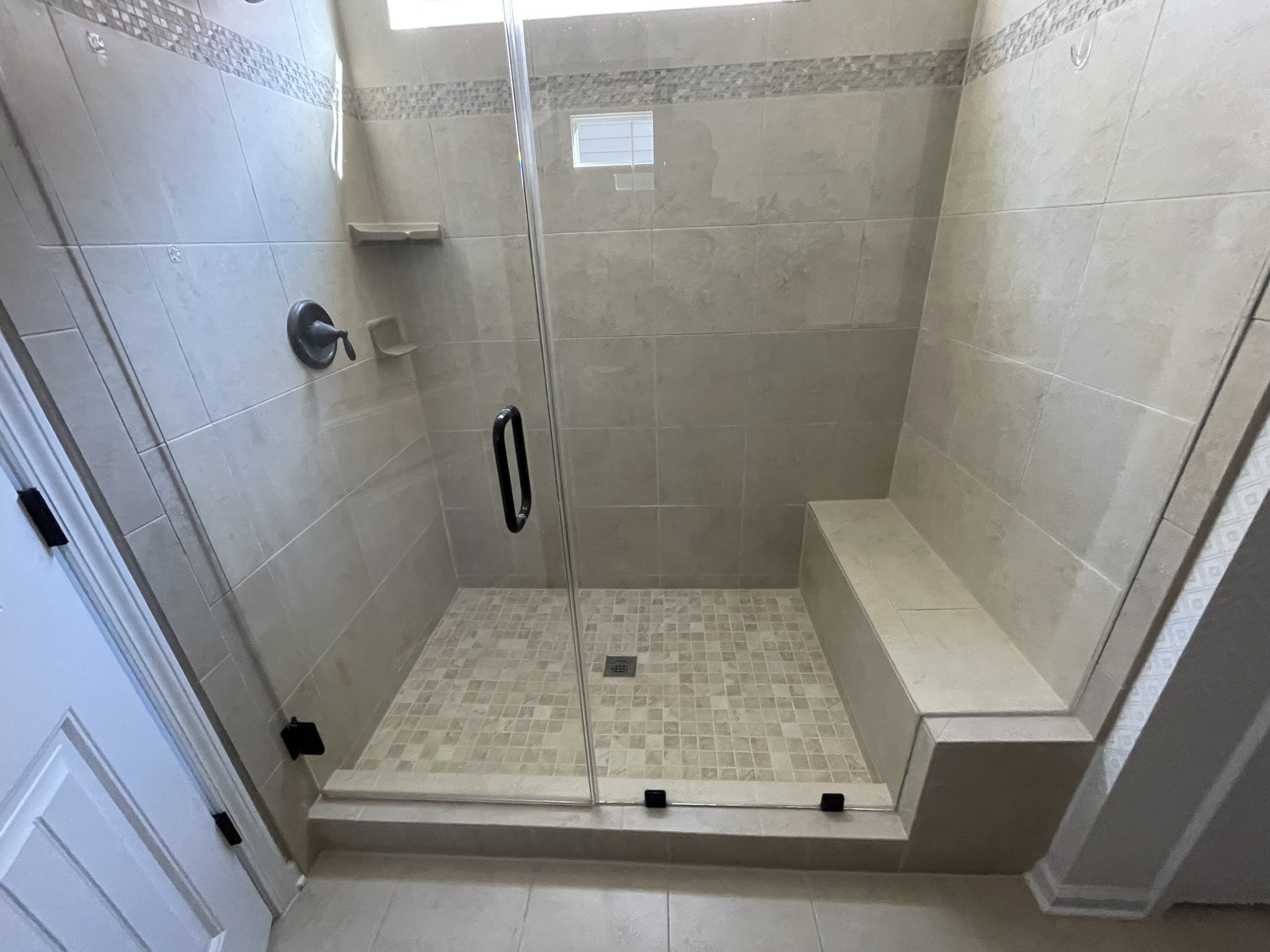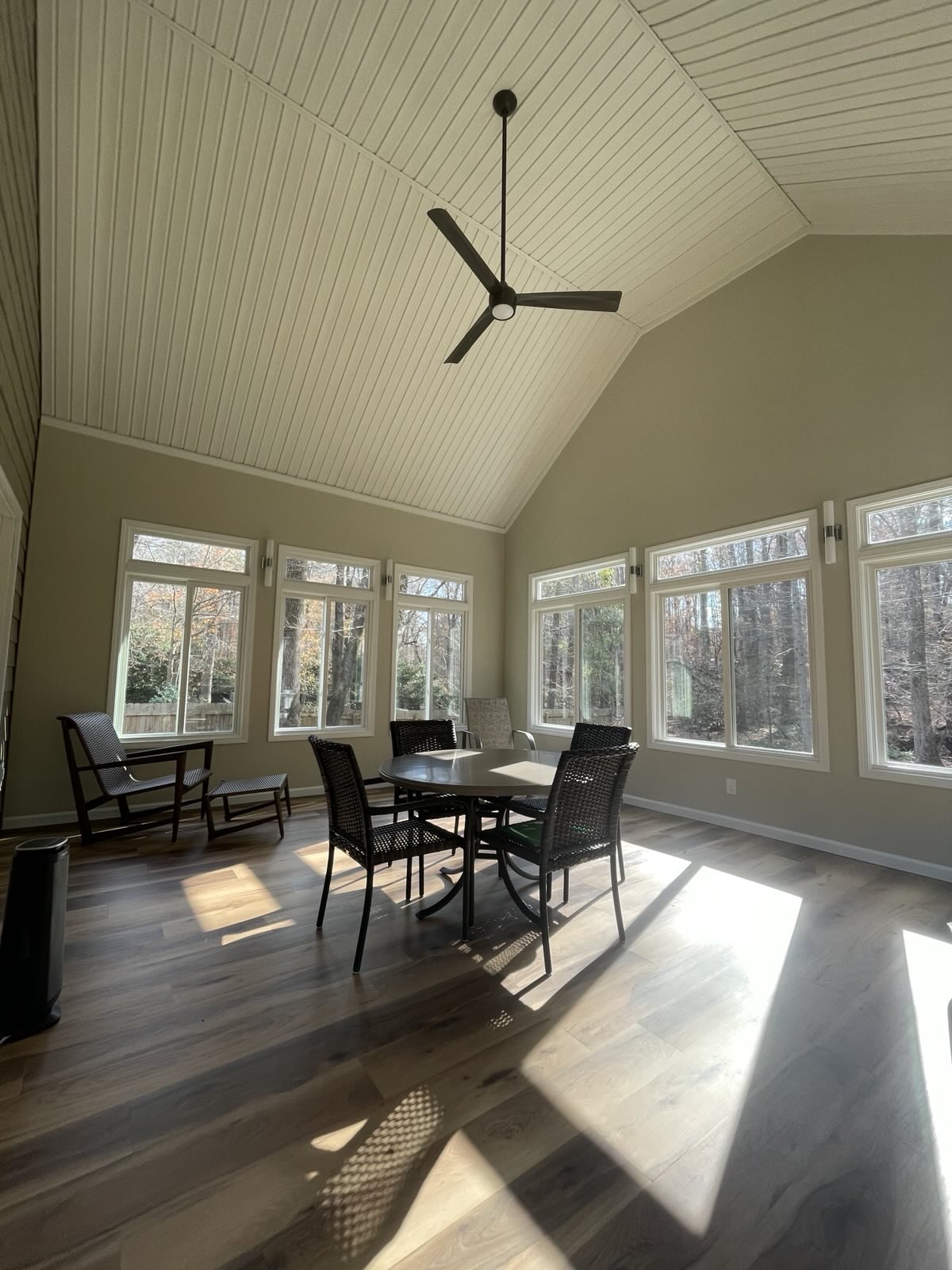10 Tips for Contracting Green
Choosing to go green with your construction or remodeling project is a significant step toward a more sustainable future. Here are ten key tips to help you contract green effectively and ensure that your project is both environmentally friendly and economically sensible.
1. Discuss Energy Efficiency Goals
Have a detailed conversation with your contractor about your energy efficiency goals. Ensure they are knowledgeable about energy-saving technologies and techniques, such as high-efficiency HVAC systems, energy-efficient windows, and advanced insulation materials.
- Incorporate Renewable Energy Solutions
Consider integrating renewable energy solutions into your project, such as solar panels or wind turbines. A green contractor should be familiar with the installation and benefits of these technologies and can help you assess their feasibility and cost-effectiveness.
- Opt for Sustainable Materials
Ask about the use of sustainable and eco-friendly materials. Look for options like reclaimed wood, bamboo, low-VOC paints, and recycled materials. A knowledgeable contractor should be able to recommend high-quality, sustainable materials that fit within your budget and design preferences.
- Implement Waste Reduction Practices
Ensure that your contractor has a waste management plan in place. Green contractors should practice waste reduction by recycling construction debris, reusing materials, and minimizing landfill contributions. Ask about their waste management strategies and how they handle leftover materials.
- Focus on Water Conservation
Inquire about water-saving technologies and fixtures. This includes low-flow toilets, water-efficient faucets, and drought-tolerant landscaping. A green contractor should be able to integrate these features into your project to reduce water consumption and enhance sustainability.
- Prioritize Indoor Air Quality
Select a contractor who emphasizes the importance of indoor air quality. This includes using low-VOC or no-VOC paints, selecting materials that do not emit harmful chemicals, and ensuring proper ventilation. Good indoor air quality is crucial for health and comfort in green building.
- Choose Durable and Low-Maintenance Products
Sustainable building isn’t just about the initial phase; it’s also about long-term performance. Opt for materials and products that are durable and require minimal maintenance. This approach reduces the need for frequent repairs and replacements, which can be both cost-effective and environmentally friendly.
- Explore Green Building Incentives
Ask your contractor about available green building incentives, such as tax credits, rebates, or grants for energy-efficient upgrades. Many local, state, and federal programs offer financial incentives to support sustainable building practices. Your contractor should be able to help you navigate these options.
- Ensure Transparent Communication
Establish clear communication with your contractor about your green building goals and expectations. Transparency is key to ensuring that the project stays on track and aligns with your sustainability objectives. Regular updates and open dialogue will help address any issues that arise and ensure a successful green project.
- Emphasize Smart Home Technologies
Consider incorporating smart home technologies that enhance energy efficiency and sustainability. Discuss options with your contractor for installing smart thermostats, energy monitoring systems, and automated lighting controls. These technologies can help optimize energy use, reduce utility costs, and contribute to a greener home. A forward-thinking contractor should be able to integrate these smart solutions seamlessly into your project, further advancing your commitment to sustainable living.







